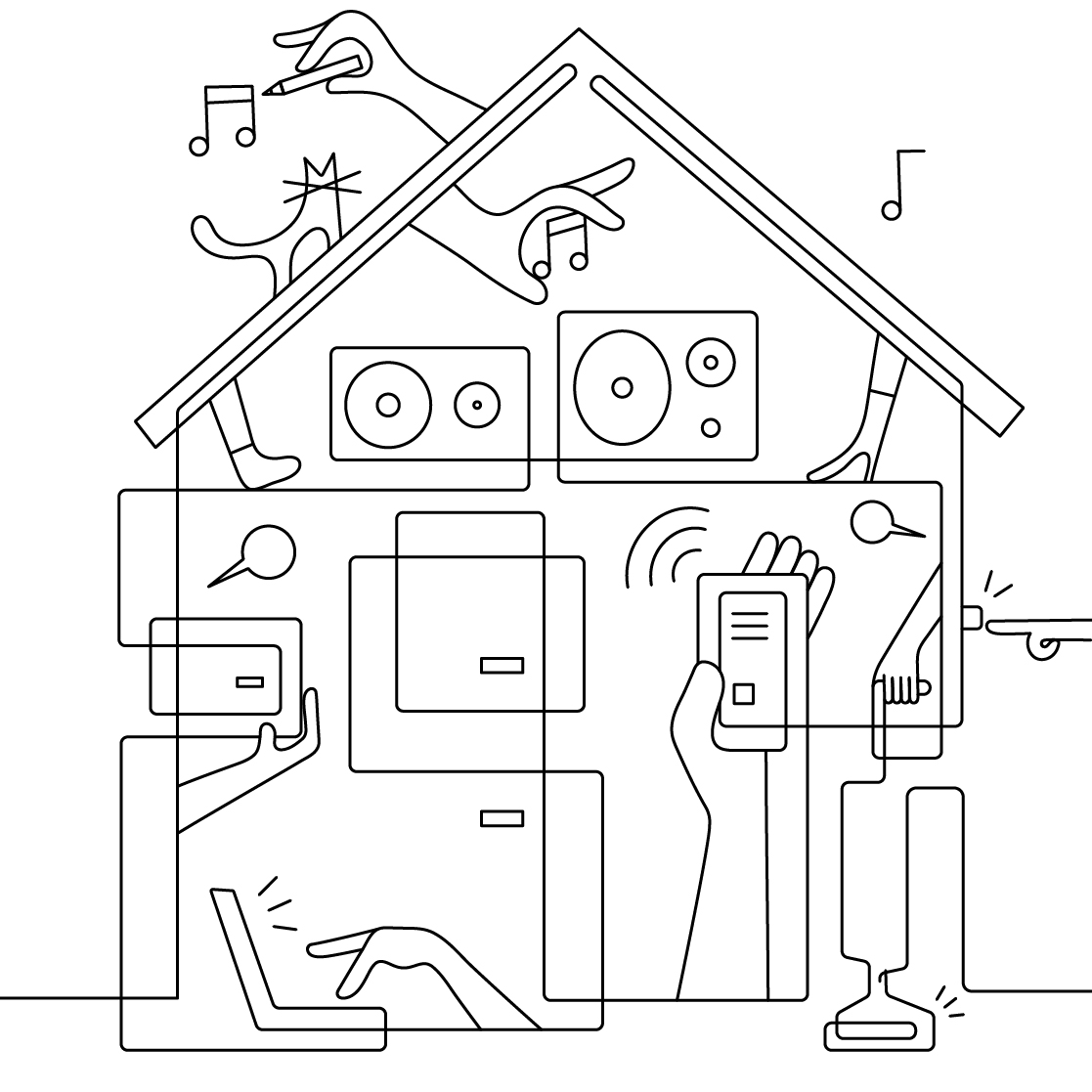Why do we have connected devices?
Connected devices, also called Internet of Things (IoT) devices, offer numerous benefits including:
- Remote monitoring and control: For example, smart home devices allow you to remotely manage your home environment such as lighting, heating or ventillation system from anywhere with an internet connection. Similarly, industries can monitor and control machinery, infrastructure, and logistics remotely, leading to improved productivity and reduced operational costs.
- Better user experience: They provide convenience, customization, and better quality of life. For example, wearable devices track fitness activities, monitor health parameters, and provide personalized activity recommendations. Connected cars offer navigation assistance, real-time traffic updates and will take more and more part in the driving process in the future.
- Sustainability: Such devices can contribute to environmental sustainability efforts. They can help you better manage energy, optimize resources, and provide insights for better environmental decisions.
Which processors are inside connected devices?
The processor you choose for a connected device depends on the device’s purpose, complexity, power consumption considerations, and cost constraints.
MCUs are widely used in simple connected devices such as sensors, wearables, smart appliances, and IoT nodes that require low processing power and energy efficiency.
Application-specific processors are custom processors tailored to perform specific functions efficiently. Connected devices can use application-specific (or domain-specific) processors to optimize performance, power efficiency, or cost for specific tasks or applications. These can be found in devices such as network routers, industrial automation systems, and specialized IoT devices, for example.
